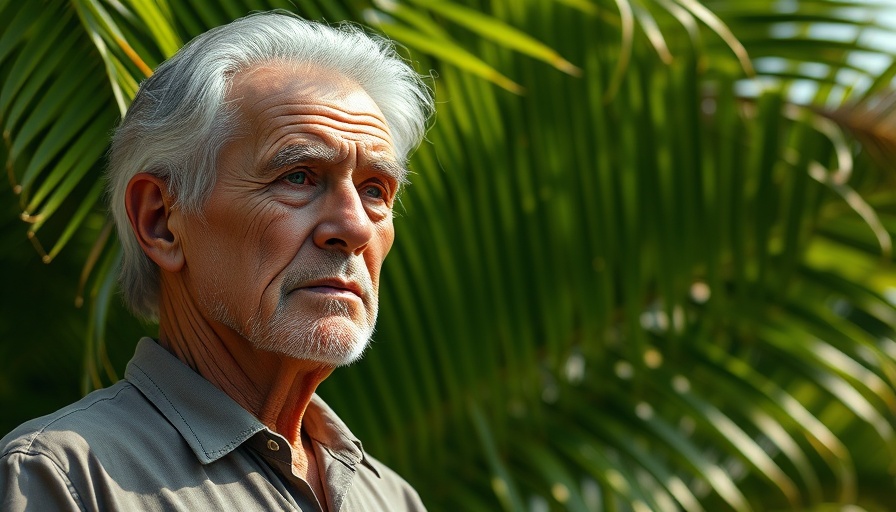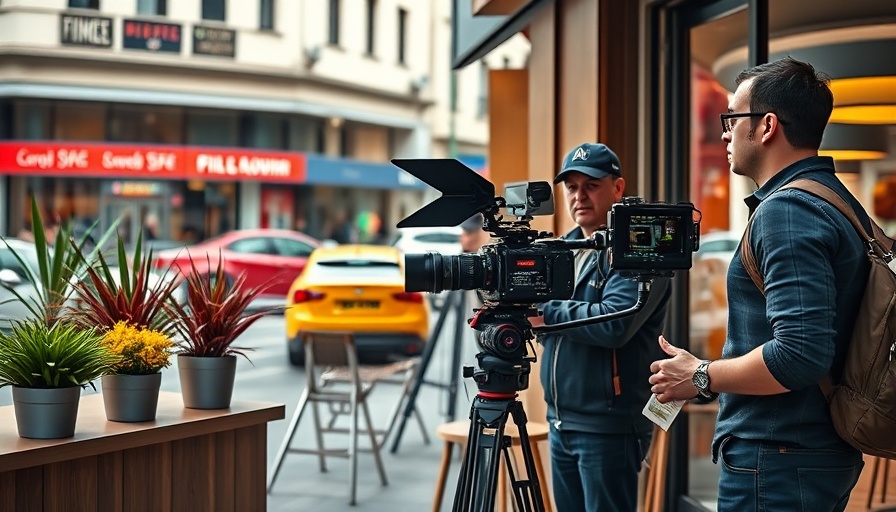
San Francisco's Call to Action: Preserving Democracy in Noe Valley
In an age where political tensions are high and civil freedoms seem increasingly threatened, communities are stepping up to ensure their voices are heard. Recently, Hans Kolbe, an esteemed community activist and former attorney, led a poignant event in Noe Valley, San Francisco, to remind citizens of the importance of safeguarding democracy. Kolbe's poignant reflections on the dangers of political apathy resonate deeply, particularly as citizens seek to understand the threats facing their communities.
The Symbolic Lament Walk
On July 21, 2025, Kolbe and other community members in silent black attire conducted a “lament walk” through Noe Valley. Inspired by silenced protests in Europe against judicial repression, this act of remembrance aimed to express their grief over perceived injustices within the American legal and political system. As they processed through the street, neighbors unified in solidarity, fostering community dialogue about the erosion of trust in the judiciary—a theme echoed throughout the event.
The Threat to Judicial Independence
During the gathering, Kolbe and panelists—including legal experts and judges—addressed head-on the alarming conditions facing the judicial system. Linda Colfax articulated that the perception of judicial bias and corruption stems from unchecked political commentary, which diminishes public faith in judges' impartiality. The chilling effects of political influence began to mirror dark historical precedents, evoking memories of past totalitarian regimes where legal systems became mere pawns of the state.
A Wake-Up Call for Civic Engagement
Kolbe's impassioned remarks served as a wake-up call for attendees: “Intimidation is the first step,” he cautioned, drawing parallels between modern dissent and historical instances in his native Germany. His experience highlights how vital it is for ordinary citizens to remain vigilant against creeping injustice. He stressed the need for proactive engagement, urging his neighbors to foster genuine conversations about political accountability and justice.
Building Lasting Conversations
Efforts like Kolbe's are intentional acts of community resilience. He emphasized that lasting change requires collective effort. By establishing forums where civic discussions can flourish, San Franciscans can combat complacency, returning to the roots of public discourse. These gatherings can empower citizens to better understand their role in shaping local governance while fostering a spirit of collaboration to advocate for transparency.
Encouraging Resilience through Community Initiatives
This initiative fits into a broader narrative of similar grassroots efforts across the United States, as communities seek to reclaim their agency in influencing local politics. Local organizations partner with initiatives that promote civic education, fortifying networks aimed at revitalizing trust in governmental institutions. When communities engage constructively with local lawmakers, they can enact tangible change.
The Importance of Being Engaged
As parents, adults, and all residents of Noe Valley reflect on the voices and concerns raised by Kolbe and others, it is clear: a commitment to civic responsibility is essential. Whether through attending local council meetings, participating in neighborhood initiatives, or having constructive conversations, collective action is crucial. This sense of urgency is what drives communities to confront the rising tide of authoritarianism, making vigilance not just an option, but a responsibility.
Upcoming Opportunities for Civic Engagement
For those looking to participate in ongoing dialogues about democracy and civics in San Francisco, several upcoming events are scheduled within the community. These include town halls, panel discussions, and workshops aimed at empowering citizens to understand their rights and responsibilities, navigate local politics, and coalesce around shared values and goals.
As the stakes grow higher, now is the time for communities to reflect, engage, and act. Hans Kolbe's call is not just a directive; it's an invitation to every citizen in San Francisco and beyond—to stand firm in their commitment to uphold democratic values.
 Add Row
Add Row  Add
Add 




Write A Comment